High St. The Jam Factory
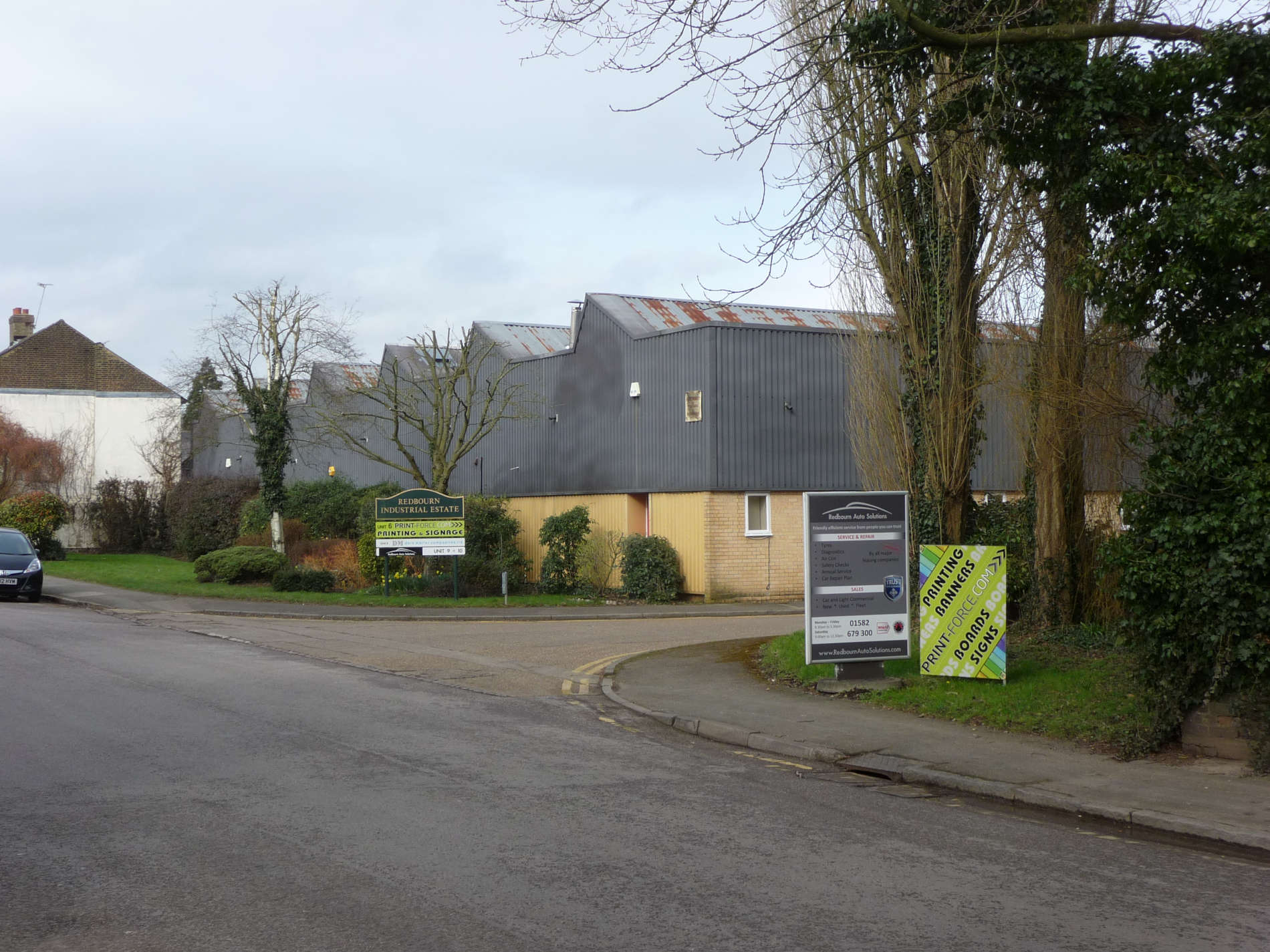
The industrial estate is on the site of the jam factory
The eastern end of the lower High Street has changed considerably. The early pictures show a row of cottages and Farey Lane. The end cottage of this row, nearest the track of the railway was once an inn called ‘The Green Tree’. First mentioned in 1597 and by 1615 it is noted that there was also a farm attached that had 100 acres of freehold land. References continue in the 17th and 18th centuries by which time the house is referred to as Green Street House. The more substantial house was the home of Russell Harborough a grocer.

Rear of cottages at the South end of Redbourn High Street, which stood on the site of Russell Harborough’s Jam Factory. Photo c.1910

Workers outside the original jam factory early 1880’s

Russell Harborough’s original house and below, Russell and his wife 1890.

Russell Harborough a grocer, read reports of a speech made in the Houses of Parliament by Gladstone in 1880. In this he said that considerable profit and employment could be provided in rural areas by using locally produced soft fruit to form the basis of a jam manufacturing industry – upscaling it from a cottage industry. Harborough began producing jam from locally grown fruit in his own kitchen. He then built a factory next to his house, but this too proved too small so the cottages further up the road and his own house were demolished and a new factory was built.

The second jam factory
The factory also made marmalade sweets and rock. Photos taken at the time of production show that the local farms provided the produce ( picking strawberries below) while the second factory made full use of new factory processes for preparing , stewing and bottling the fruit.
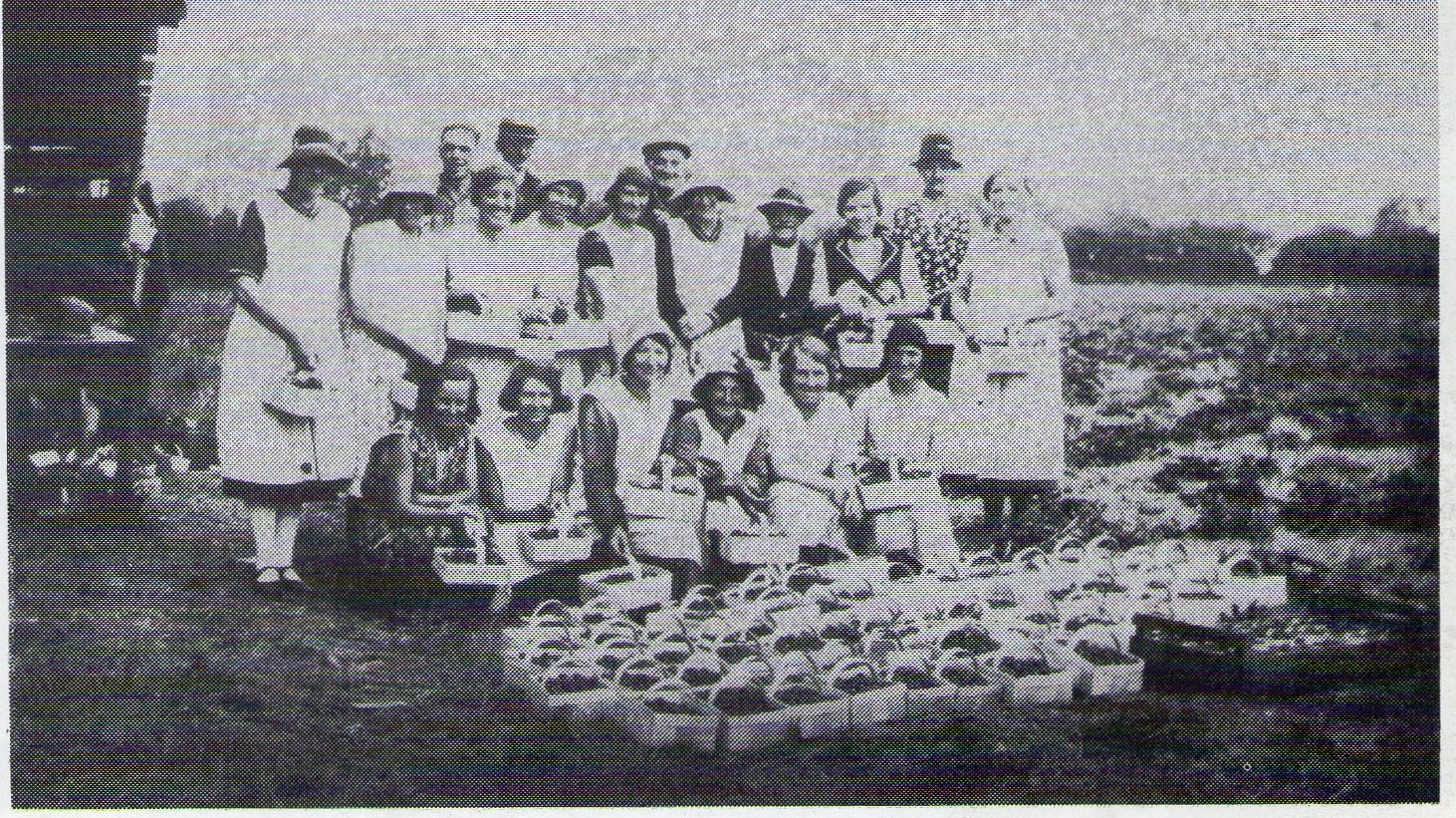


Jam Factory in 1930’s
(Below)These jam processors at Russell Harborough’s jam factory in Redbourn are filling tins, just after the 2nd World War
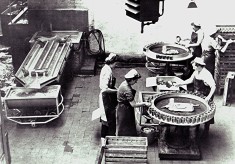
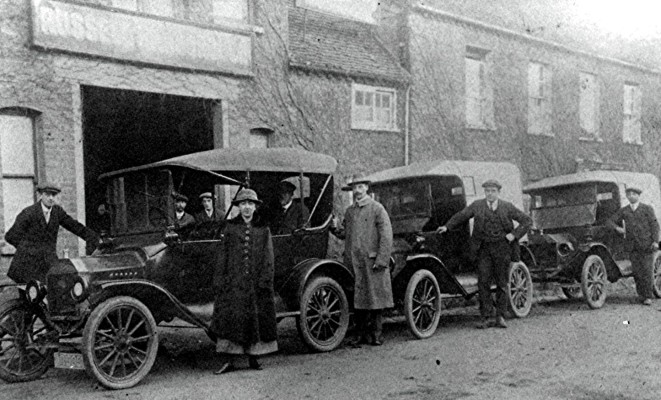
Harborough’s vehicles in 1910
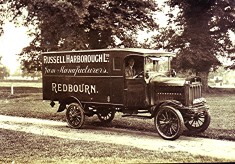
Delivery Van 1925 and below a van used during World War 2
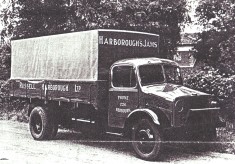
In 1956, the Jam Factory was acquired by the firm of marine chronometer manufacturers, Thomas Mercer Ltd that was already established in St Albans. After diversification, air gauges were made at the Redbourn factory.